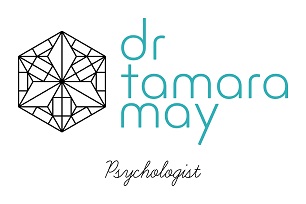Treatment Approach
Tamara uses a range of different therapy approaches which she will tailor depending on the individual needs and preferences of the client.
Therapy approaches include cognitive behavioural therapy (CBT) which can help with strategies and ways to make environmental modifications to support ADHD and autsitic symptoms, anxiety, depression, disordered eating and addictions.
For clients who have experienced complex trauma and unhelpful patterns that seem to repeat over their lives, Schema Therapy is often used. For clients who have experienced trauma including single or multiple incident trauma, eye movement desensitisation reprocessing treatment (EMDR) may also be used to desensitise and distance traumatic memories. Many individuals have interpersonal relationship issues such as challenges with boundaries, interpersonal skills, and assertiveness. DBT interpersonal effectiveness strategies may be used to help improve relationships.
For adult autistic and ADHDer clients an integrated approach is often used. This can include behavioural and cognitive strategies for providing support for specific symptoms combined with schema therapy and/or dialectical behaviour therapy (DBT). Schema therapy can help to understand the coping mechanisms that may no longer be helpful in a clients life and learn more helpful ways of coping. For example, clients with autism and ADHD often have social isolation or failure schemas. These can develop through negative experiences growing up with family, teachers and peers (such as being bullied) and through noticing they could not cope or function in the same way as others resulting in a sense of feeling different to others. This may result in clients withdrawing from, or avoiding, social interactions or exploring new challenges in their lives. While this can protect the person from negative experiences in the short term it may result in feeling lonely and disconnected or unfulfilled in the long term. Through schema therapy/DBT clients can learn skills to cope with social situations and improve their interpersonal relationships, reduce avoidance and thus get the need for social connection met.
Treatment Structure
An individual formulation will usually be developed with the client which will be used to guide psychological therapy. This usually happens within the first few sessions and will be based on information gathered from the client in interviews and through questionnaires. A client’s individual formulation will then guide the interventions that are used for therapy. Sessions are usually structured and focused on doing the work of understanding how repeated patterns may currently impact, learning new strategies and processing of trauma.
